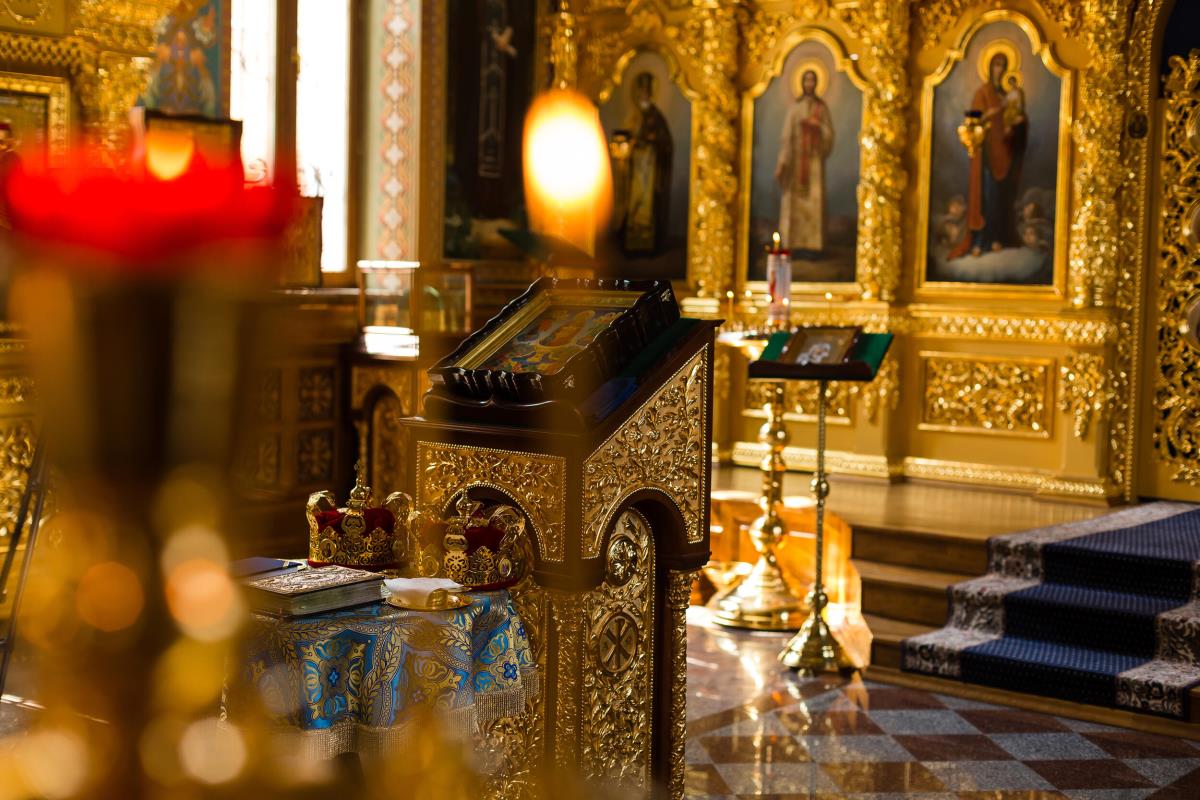The Petrovski Fast is one of the four major annual fasts in the Orthodox calendar, dedicated to the holy apostles Peter and Paul. It begins today and lasts until July 12, the feast of Petrovdan. The fast is movable and depends on the date of Easter, considered the mildest fast with specific dietary and spiritual abstinence rules. The purpose of the fast is not only physical abstinence from food but also spiritual purification, control of passions, prayer, and good deeds. The Petrovski Fast carries deep symbolism and tradition, including the custom of lighting ‘lila’ fires, which recall the persecution of early Christians and symbolize the light of faith and steadfastness.
Political Perspectives:
Left: Left-leaning sources tend to emphasize the spiritual and cultural significance of the Petrovski Fast, highlighting its role in community bonding and personal spiritual growth. They may also focus on the historical context of religious traditions and their relevance in modern society.
Center: Center-leaning sources report the Petrovski Fast in a factual and neutral manner, explaining its religious significance, rules, and traditions without much editorializing. They provide balanced coverage that respects the cultural importance of the fast while maintaining an informative tone.
Right: Right-leaning sources often emphasize the traditional and nationalistic aspects of the Petrovski Fast, underscoring its importance in preserving Orthodox Christian values and Serbian cultural identity. They may highlight the symbolic acts such as lighting lila fires as expressions of faith and resilience.










